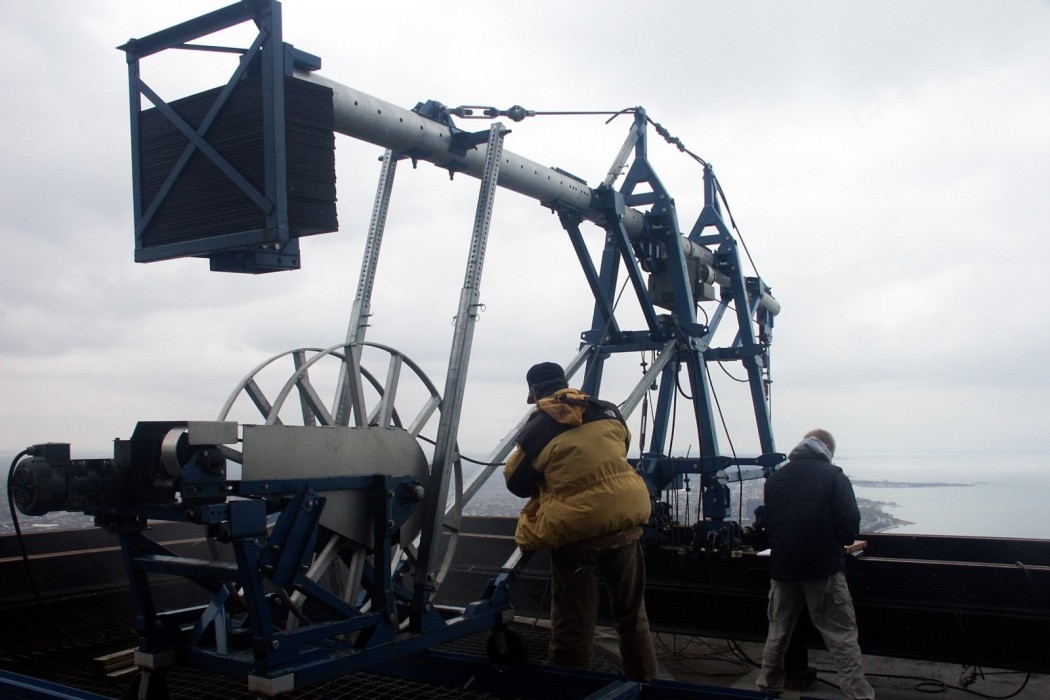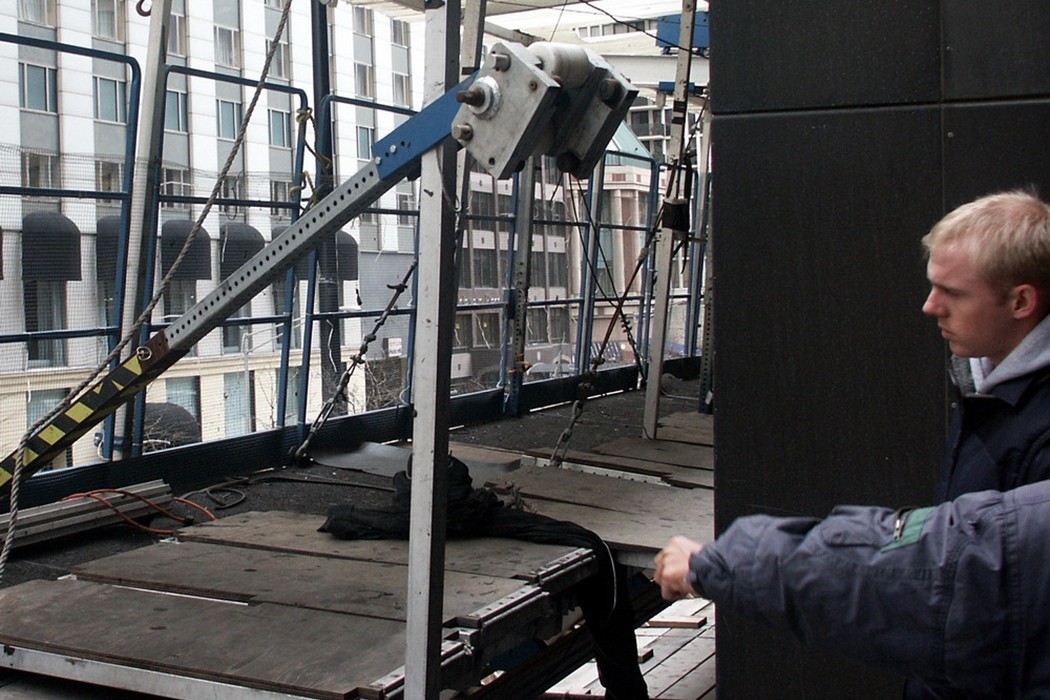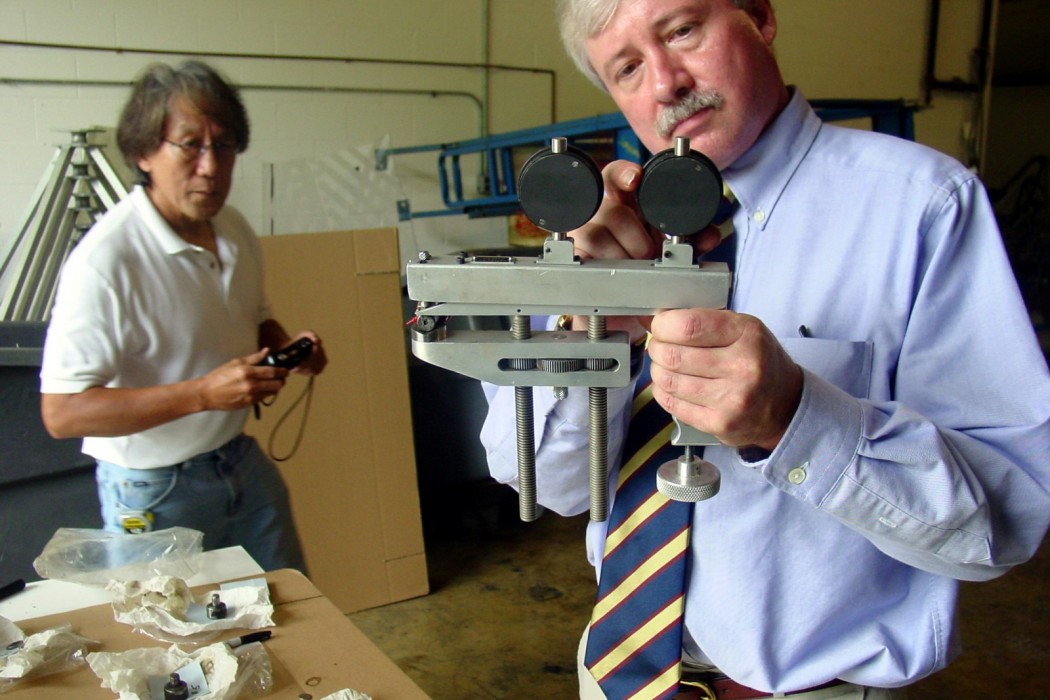WJE PROJECTS
John Hancock Center
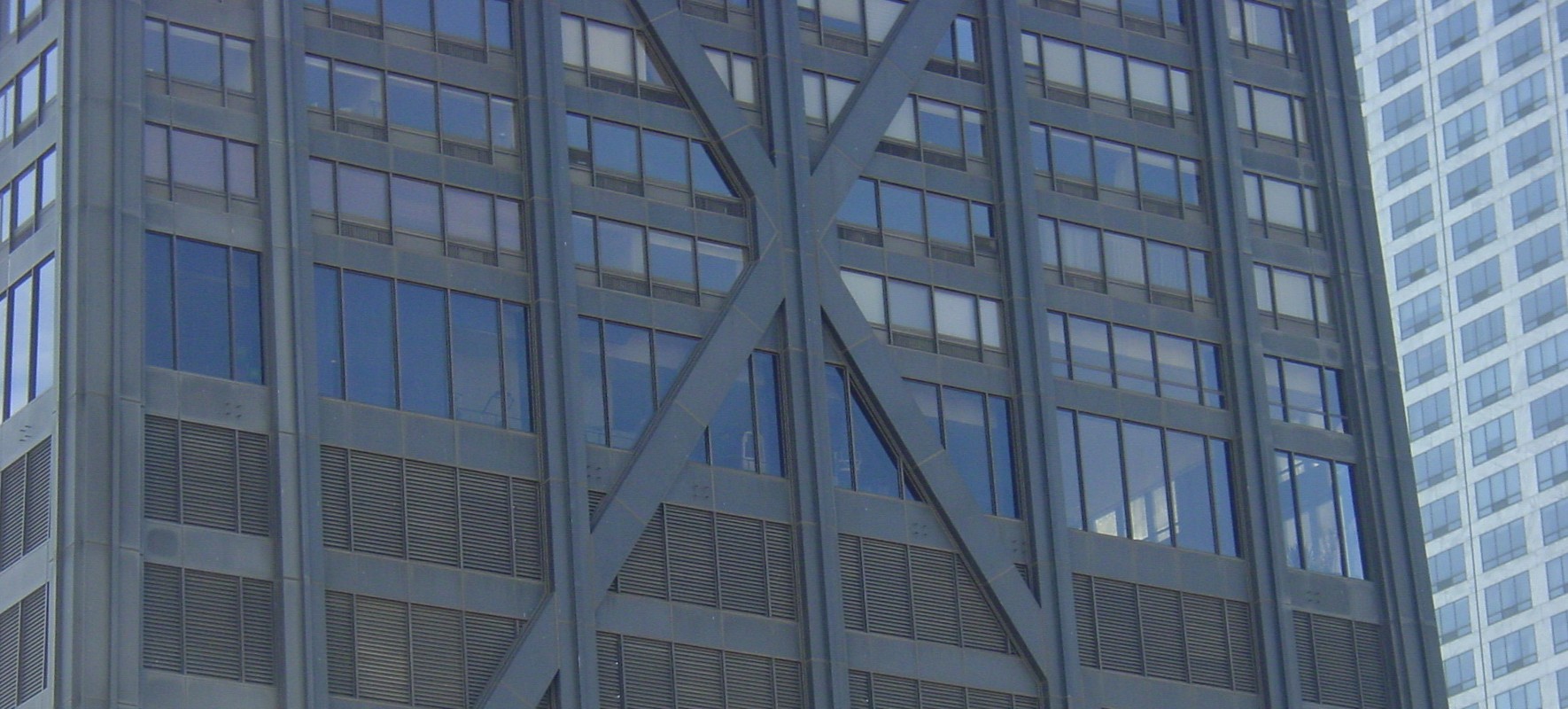

CLIENT |
Crisham & Kubes, Ltd. |
LOCATION |
Chicago, IL |
Swing Stage Collapse Investigation
In 2002, a swing stage that was parked overnight on the forty-second floor of the west elevation collapsed during a severe wind storm. Debris from the collapse fell onto the surrounding streets and plaza at the base of the building, fatally injuring four people in cars and severely injuring several people on the sidewalks and streets. Attorneys representing the architectural firm that designed the repair work being performed on the facade of the building at the time of the swing stage collapse retained WJE to determine the cause of the collapse.
BACKGROUND
The John Hancock Center is a 100-story mixed-use building completed in 1969. The structure is steel framed with a distinctive exposed X-bracing system that resists lateral loads. The exterior facade consists of an anodized aluminum and glass curtain wall, with anodized aluminum clad steel columns, X-bracing, and spandrel beams.
SOLUTION
WJE engineers performed a close-up inspection and documentation of the debris of the collapsed swing stage and of a facsimile swing stage on the building that did not collapse. The engineers also inspected the exterior facade on the west elevation of the building and reviewed results from testing performed on portions of the collapsed swing stage system. WJE tested facsimile undercarriage wheels, conducted a wind tunnel performance test on a 1:300 scale model of the building with the swing stage platform, and performed structural wind load analysis of the collapsed swing stage. Finally, the engineers reviewed information produced within the litigation process.
Based on the investigation, WJE concluded that the collapse occurred as a result of the failure of undercarriage wheels and cable tie down system on the rear leg of the outriggers due to forces caused by downward wind pressure on the platform of the swing stage system. It was also concluded that the architect's repair design did not contribute to the collapse. The City of Chicago enacted a scaffolding ordinance for buildings greater than eighty feet in height approximately five months after the accident occurred.
RELATED INFORMATION
-
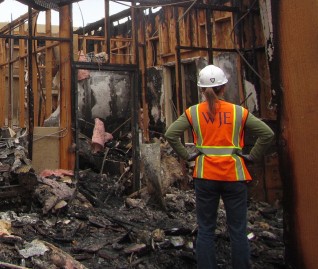 Thousands of clients have relied on us to accurately determine the cause and extent of damage... MORE >Services | Failure and Damage Investigation
Thousands of clients have relied on us to accurately determine the cause and extent of damage... MORE >Services | Failure and Damage Investigation -
 Clients rely on us to provide expert assistance for resolving claims and disputes arising from... MORE >Services | Litigation Consulting
Clients rely on us to provide expert assistance for resolving claims and disputes arising from... MORE >Services | Litigation Consulting -
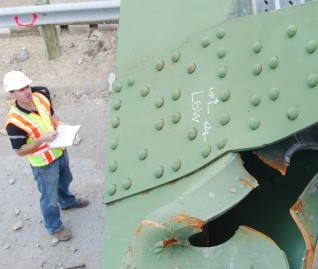 When the integrity or condition of a structure is in question, clients rely on us for answers MORE >Services | Structural Engineering
When the integrity or condition of a structure is in question, clients rely on us for answers MORE >Services | Structural Engineering



































